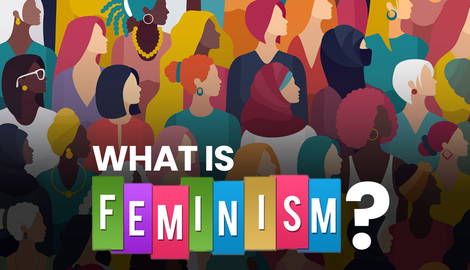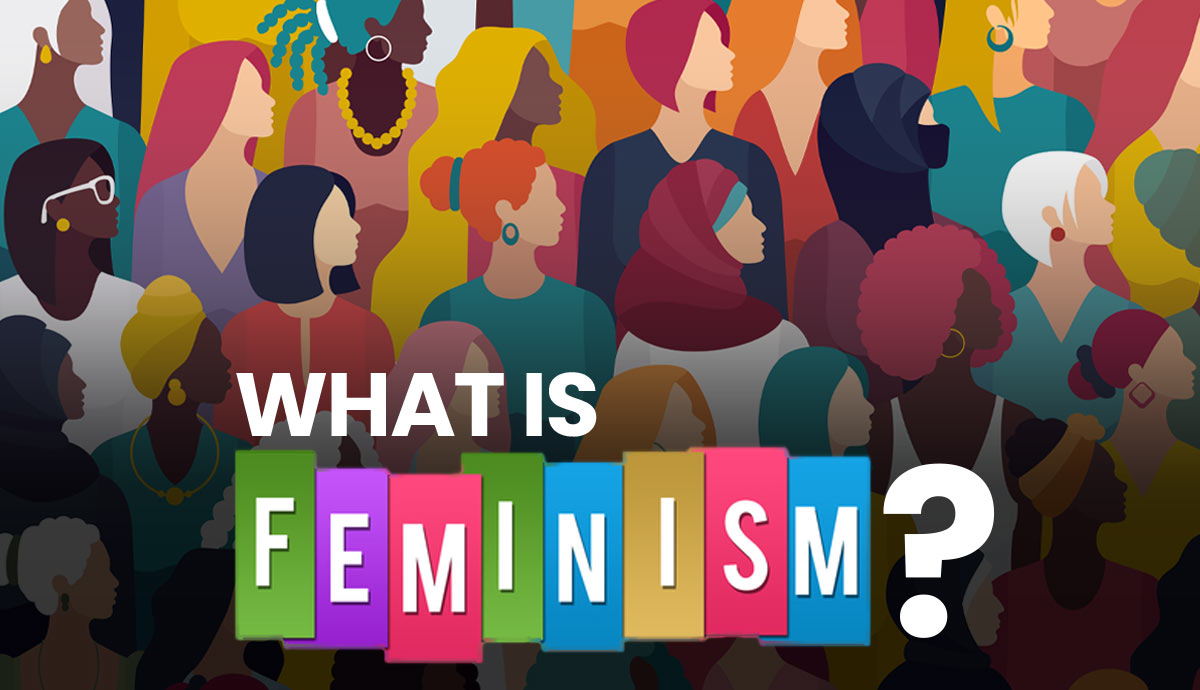
Feminism isn’t one story; it’s a powerful movement continuously reinventing itself with each new era and shift of culture. While many associate feminism with set waves and milestones, it’s a lot more dynamic, adapting to shifting needs and voices. From early struggles for suffrage to the intersectional, inclusive activism of today, feminism reflects the convoluted issues inherent in every generation. The frisson of an arc through key cultural moments brings out just how different decades have redefined feminism, showing why it remains timely and transformative. Let’s break into the specifics.
The Foundations of Feminism: Early Waves and Their Legacy

The initial pair of feminist movements established core principles for the cause and addressed concerns that would later be taken up by activists. First-wave feminism, which occurred from the late 1800s to early 1900s, is perhaps most famous for relentless campaigning for women’s votes.
When people think about this period, they usually recall suffragette leaders such as Susan B. Anthony or Elizabeth Cady Stanton, for good reason.
Their efforts paid off when American females won the right to vote after many failed attempts. Congress gave them this as part of its approval of the 19th Amendment (known henceforward simply as “women’s suffrage”).
Between the 1960s and 1980s, a second wave of feminism took hold. It built on the successes of the first wave, which focused mainly on voting rights, in several ways.
Campaigners in this era worked towards ending discrimination based on sex alone (as opposed to race as well). They also sought equal pay for equal work and an equal chance of getting hired or promoted regardless of gender.
This surge brought with it issues such as reproductive rights (including access to abortion) plus more attention to things like inequality within marriages. Still today, many household chores are done primarily by women despite them often having paid jobs, too.
The Rise of Intersectionality: Feminism Expands Its Lens
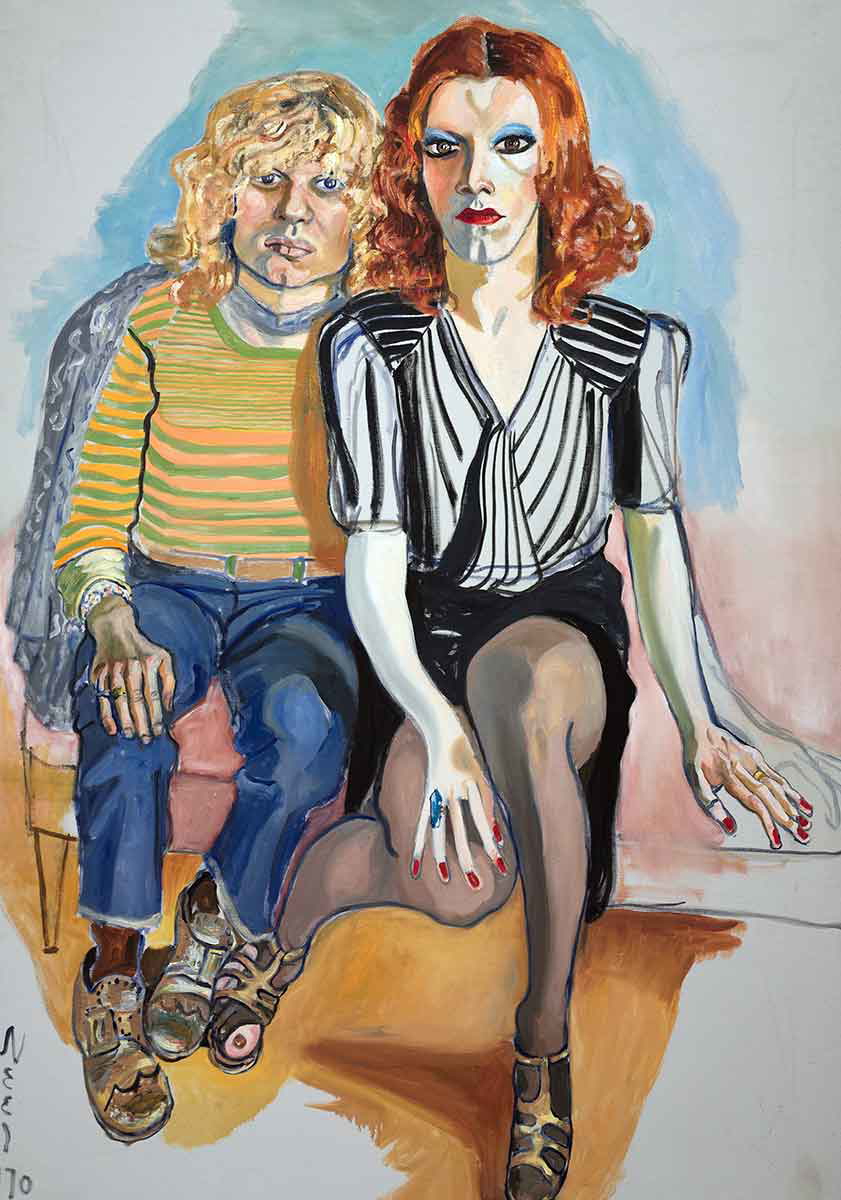
Feminism underwent a major change in the late 1900s when intersectionality became popular. This concept—created by Kimberlé Crenshaw, a legal scholar—explains how different forms of identity (like gender and race or class) combine to produce unique kinds of privilege and oppression.
Crenshaw’s work was groundbreaking because it showed that simple “one size fits all” feminism doesn’t cut it anymore. You need to look at lots more factors if you want to understand what inequality feels like for lots of women.
For instance, both Black and white women might suffer from sexism, but Black women also have racism. And this means there are some struggles that you just wouldn’t pick up on if you only looked at sexism.
Intersectionality brought to light the fact that achieving genuine equality required taking into account these various forms of discrimination. This way of thinking urged feminists not to focus solely on gender but also to fight for fair treatment in terms of race, class, sexual orientation, ability, and much more.
Viewed in this light, the effect of intersectionality was revolutionary for feminism. It became a movement that could include everyone, at least far more people than ever before. Women from marginalized groups began to make their presence felt as never previously within mainstream feminist discourse.
Thanks to intersectionality, feminism has become broader and more varied in its concerns. Altogether, there are many more kinds of individuals who feel they have a stake in the conversation.
It remains an influential theory and practice, one that reminds us that if we want a fairer world, we need to think about a wide breadth of factors.
Pop Culture and Feminism: Empowerment or Commercialization?
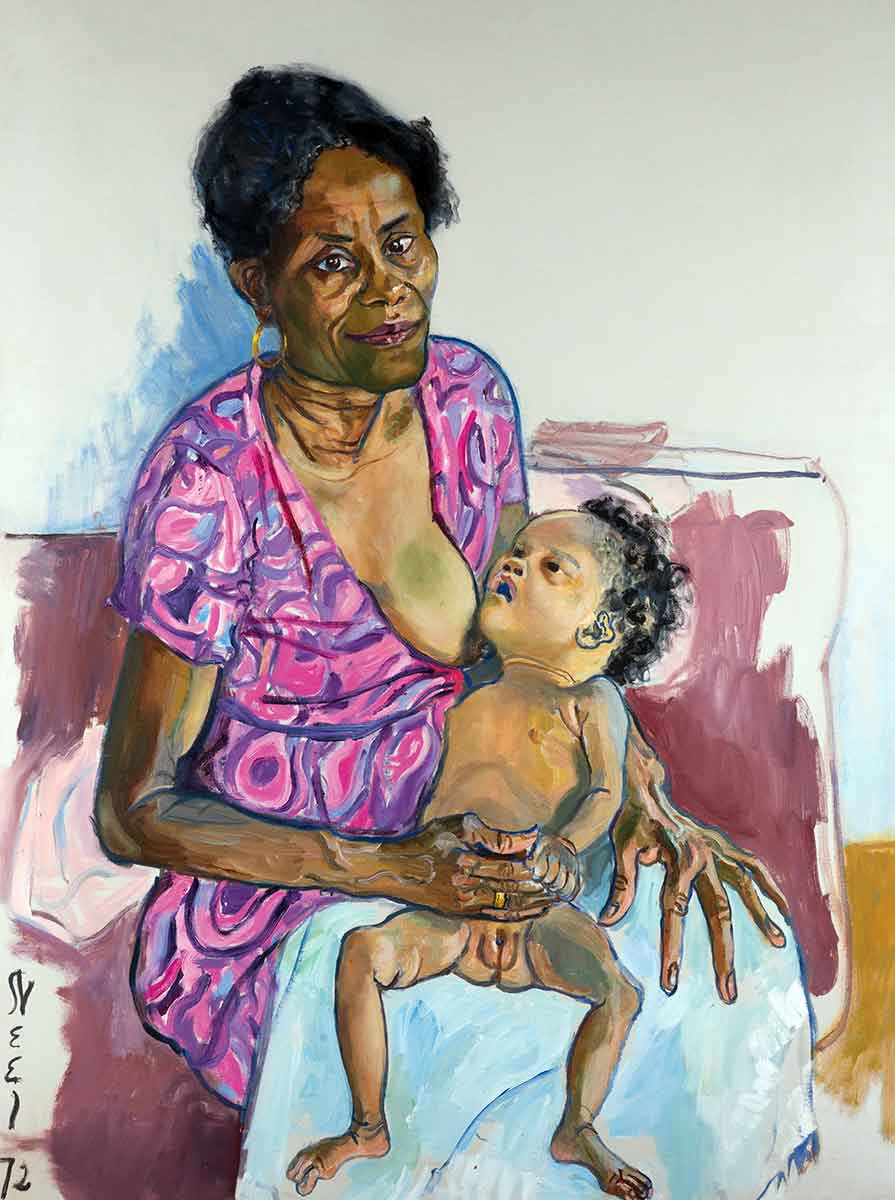
In the ’90s and early 2000s, feminism became incredibly popular. It seemed like everywhere you looked, there were messages exclaiming that women and girls had power—it was in music videos, clothes, films, and accessories being marketed.
The Spice Girls illustrate this well. They were a British pop band whose songs often talked about the importance of female friendship, believing in yourself, and being financially independent.
Mainstream entertainment also picked up on the trend that women could do anything! A good example is Charlie’s Angels (2000), which stars three female detectives working for a mysterious boss and lots of action.
Similarly, with fashion, soon, you could buy T-shirts printed with phrases such as “girl power” or “The Future Is Female,” often worn by famous musicians or characters from TV shows.
Clothes affect how people feel about themselves. These ones encouraged customers to feel positive (or even powerful), and many girls and women liked wearing them.
Some companies saw money to be made from feminist ideas. But instead of actually promoting empowerment (“You can do anything!”), they sold products that claimed to do so. This led some observers to worry that feminism had been hijacked for commercial reasons, that its political message had been watered down by capitalism.
Mixing together these different strands of popular culture produced a wave of both positive and negative effects. Things never before tried could become successful because they seemed fresh.
Fourth-Wave Feminism and the Digital Era: Activism in the Age of Social Media
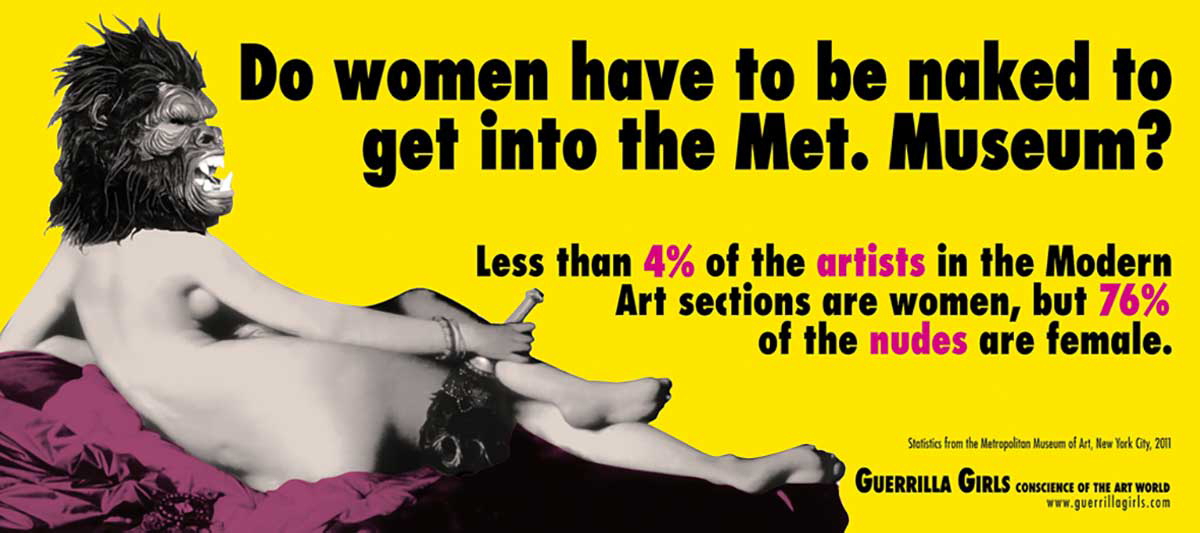
The 2010s saw the rise of fourth-wave feminism, which was closely linked to digital media. Advocates of this wave wanted their movement to be as open and fair as possible, concerned about many different types of discrimination and inequality. They also worked for social change.
An important development was that feminist messages could reach people all over the world via social networking sites. Campaign information, details of events, calls for donations, and much more could be sent in an instant at very little cost. This had never happened on such a scale before.
Online tools proved useful for women who may have historically been silenced. If a woman had been harassed (or worse) by a man—no matter how powerful—then she could tell her story using the hashtag #MeToo.
In 2017, actress Alyssa Milano promoted this tag. Soon afterward, millions of tweets from 85 different countries demonstrated that lots of females face such behavior—usually from males.
There was further success with efforts against sexual harassment in jobs that mainly included female employees, the following year saw the start of #TimesUp.
Issues in Fourth-Wave Feminism
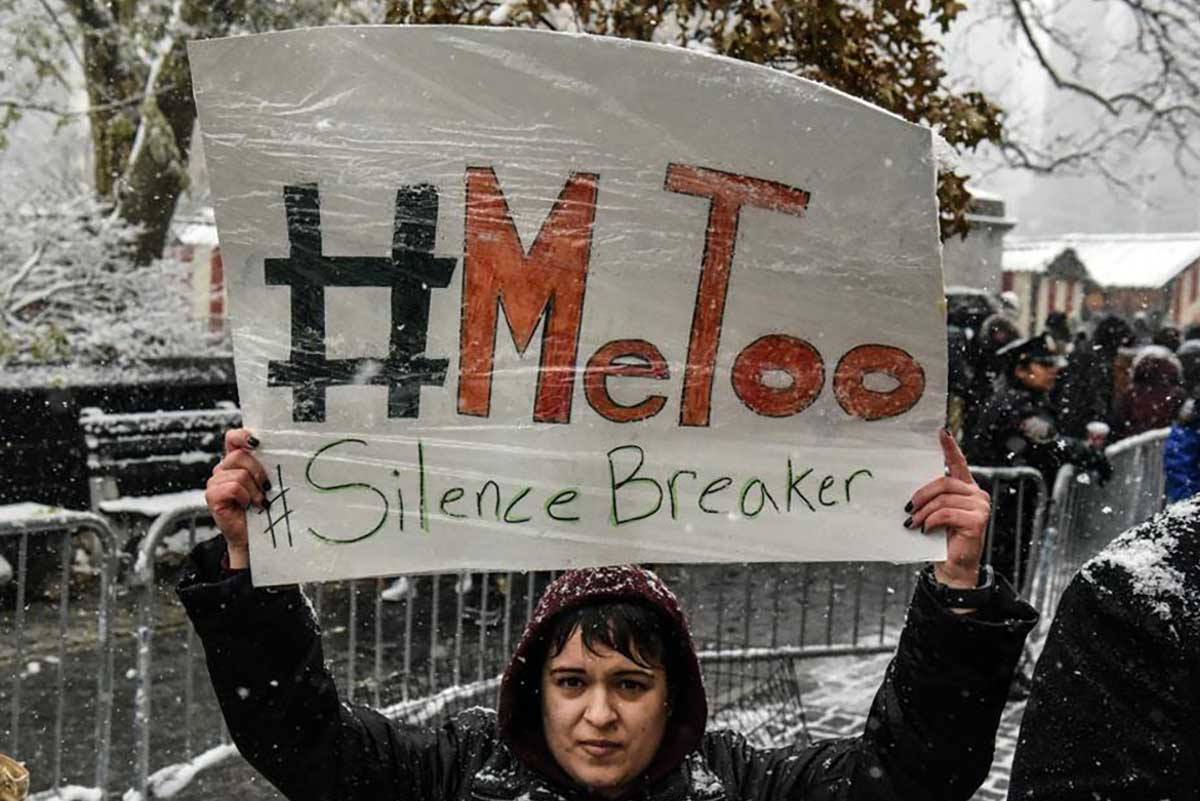
However, due to the emergence of hashtag activism, there were those who came up with the term slacktivism. It refers to activities that appear to be helping but are really superficial—a way for people to feel good about themselves without having to truly engage or commit.
Critics might worry that with so much going on social media all the time (its speed), complex issues get boiled down into slogans, making them ripe for misunderstanding or oversimplification.
Despite these controversies—and there are plenty—fourth-wave feminism has revolutionized this entire social movement beyond recognition. Its globalized network of activists reflects this.
Anyone, anywhere, can now participate in a conversation about women’s rights (or any related topic) that may have only recently occurred in one country.
Global Feminism: Expanding Beyond Western Borders

As feminism continues to evolve, it has crossed borders from the West and begun to incorporate themes and voices from an array of global contexts.
This change has brought new life to feminist discussions, bringing ideas that challenge the dominance of Western thought while providing spaces for different cultural perspectives to be heard.
In India, for example, there have recently been movements such as #WomenWall in Kerala. Here, millions of females took part in a human chain that stretched 385 miles. Their goal? To highlight how traditional norms hold women back—and why such attitudes need to change if girls are to have better lives alongside boys.
Or take activists from Middle Eastern countries like Saudi Arabia and groups speaking out on behalf of females wherever they live under oppressive laws.
By demanding both access (for all) to education and an end to rules curbing their freedom of movement or dress—these individuals have made sure one thing is clear: any universal sisterhood must be able to cope with lots of diversity.
Western feminism has historically disregarded certain matters that global feminism addresses. These include labor rights and climate justice, which, for example, Wangari Maathai’s Green Belt Movement in Kenya highlights through its focus on both environmental conservation and women’s experiences, especially during times of climate change impacts furthered by unsustainable practices worldwide.
Exploitation faced by garment workers in South Asia is another issue raising awareness among those who may not have considered it before. As a result, some quarters (such as parts of the Global North) have called for economic justice to be part of existing feminist action points.
The Future of Feminism: Navigating New Challenges and Ideas
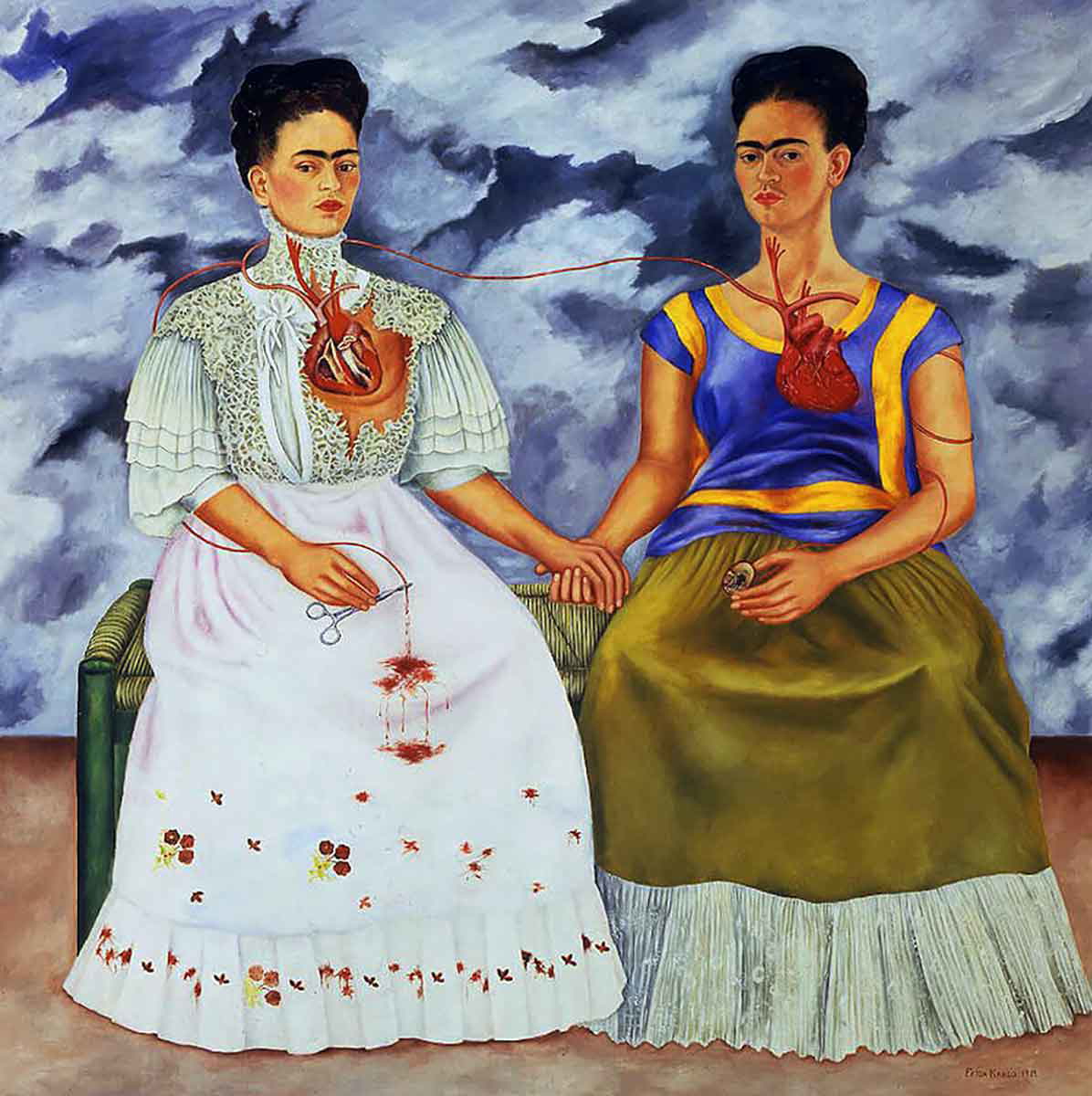
As our understanding of gender grows, so does feminism. It’s no longer just about women’s rights. These days, a feminist can be female, male, non-binary, or something in between.
Activists working at the crossroads of environmentalism and feminism have begun highlighting how climate change often affects women more severely than men. In many developing countries, for instance, women are especially likely to suffer as crops fail or natural disasters increase.
At the same time, a new crop of young feminists passionate about the environment has come to see climate activism as essential work for the women’s movement.
Furthermore, there is still a significant problem with economic inequality. Women are paid less than men. They are also more likely to be poor with or without a partner. Feminists nowadays want big changes: things such as decent maternity leave, equal pay for equal work, and a social safety net for everyone.
As it addresses these new questions, feminism must decide how much it can change while remaining the same. The movement involves so many different people working on a variety of issues.
How can it keep everybody inside its tent while not losing sight of its core concerns? Does the ability of feminism to adapt to the world as it is today mean that, eventually, there will be no need for a feminist movement? These are the questions that we still need to answer.
